Expansion of Automotive Applications
The expansion of automotive applications is a key driver for the Glass Mat Market. With the automotive sector increasingly focusing on lightweight materials to improve fuel efficiency and reduce emissions, glass mats are emerging as a viable solution. Their high strength-to-weight ratio and excellent thermal stability make them suitable for various automotive components, including body panels and interior parts. Recent statistics suggest that the automotive industry is projected to grow at a rate of 4% per year, which is likely to bolster the demand for glass mats. As manufacturers strive to meet stringent regulatory standards for emissions and fuel economy, the Glass Mat Market stands to gain from this trend, as more automotive companies incorporate glass mats into their designs.
Rising Demand in Construction Sector
The Glass Mat Market is experiencing a notable surge in demand, particularly driven by the construction sector. As urbanization accelerates, the need for durable and lightweight materials has become paramount. Glass mats, known for their excellent mechanical properties and resistance to environmental factors, are increasingly utilized in roofing, flooring, and wall applications. According to recent data, the construction industry is projected to grow at a compound annual growth rate of approximately 5.5% over the next five years, which bodes well for the Glass Mat Market. This growth is likely to be fueled by ongoing infrastructure projects and the increasing adoption of energy-efficient building practices, further solidifying the role of glass mats as a preferred material in modern construction.
Innovations in Manufacturing Processes
Innovations in manufacturing processes are significantly influencing the Glass Mat Market. Advances in production techniques, such as the introduction of automated systems and improved resin formulations, have enhanced the quality and performance of glass mats. These innovations not only reduce production costs but also increase the efficiency of glass mat applications across various sectors. For instance, the integration of advanced technologies has led to the development of lighter and stronger glass mats, which are particularly appealing in automotive and aerospace applications. As manufacturers continue to invest in research and development, the Glass Mat Market is poised for further growth, with new products that meet the evolving demands of end-users.
Increased Investment in Renewable Energy
Increased investment in renewable energy is driving growth in the Glass Mat Market. As countries worldwide commit to reducing carbon emissions and transitioning to sustainable energy sources, the demand for materials used in renewable energy applications, such as wind and solar energy, is rising. Glass mats are utilized in the production of composite materials for wind turbine blades and solar panels, making them integral to the renewable energy sector. Recent reports indicate that the renewable energy market is expected to grow at a compound annual growth rate of 8% over the next decade, which could significantly enhance the prospects for the Glass Mat Market. This trend reflects a broader shift towards sustainable practices and the increasing reliance on renewable energy solutions.
Growing Awareness of Environmental Benefits
The Glass Mat Market is benefiting from a growing awareness of environmental benefits associated with glass mat products. As sustainability becomes a focal point for many industries, the demand for eco-friendly materials is on the rise. Glass mats, being recyclable and made from abundant raw materials, align well with the principles of sustainable development. This shift in consumer preferences is prompting manufacturers to adopt greener practices, thereby enhancing the appeal of glass mats in various applications. Market data indicates that the eco-friendly building materials segment is expected to witness a growth rate of around 7% annually, which could significantly impact the Glass Mat Market as more companies seek to incorporate sustainable materials into their products.


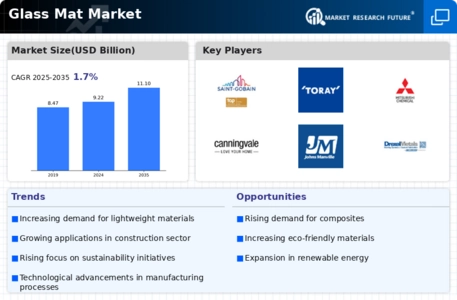
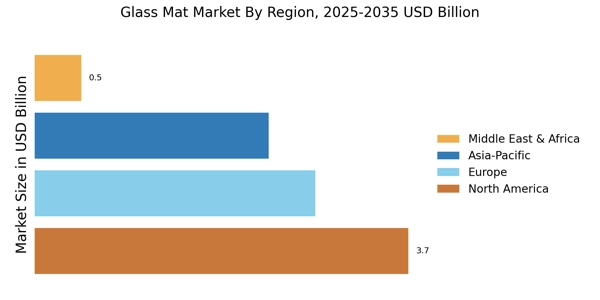
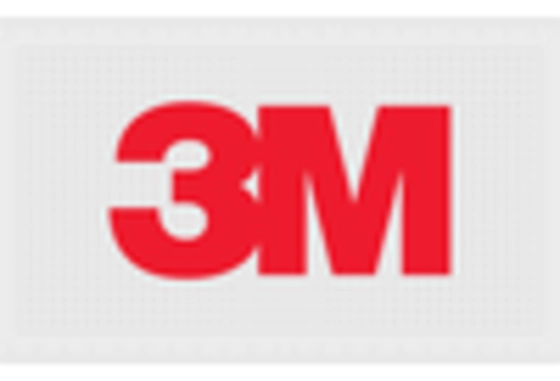
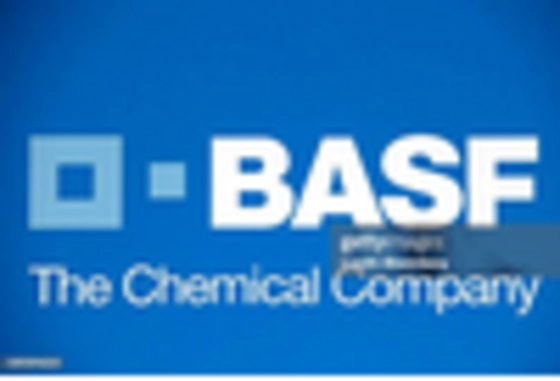
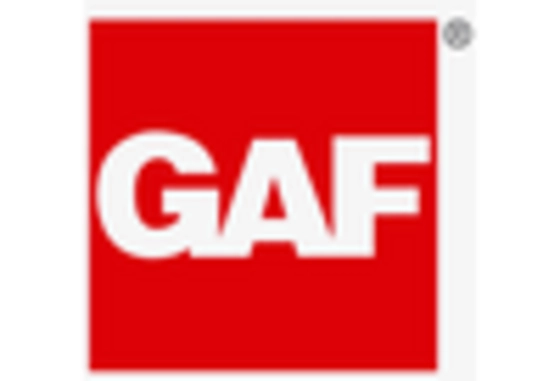
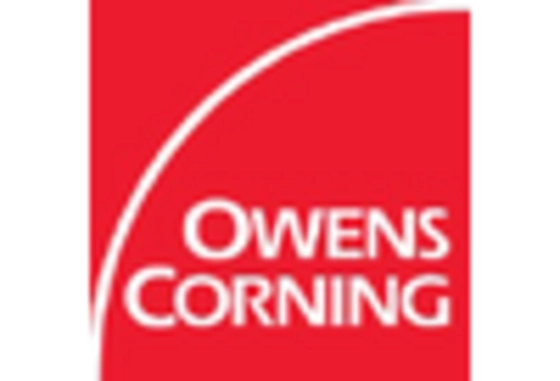
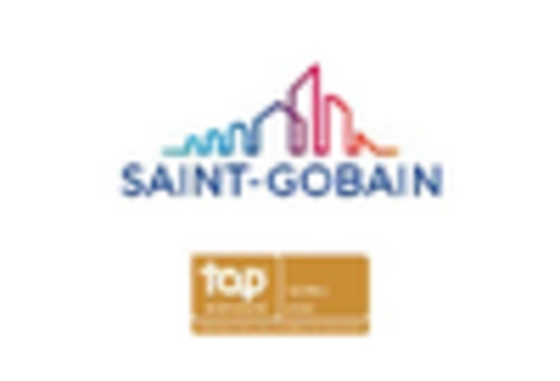
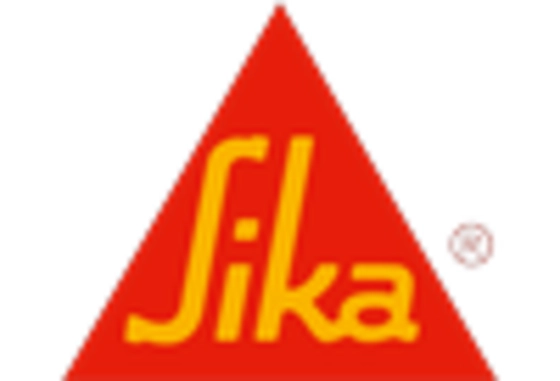








Leave a Comment